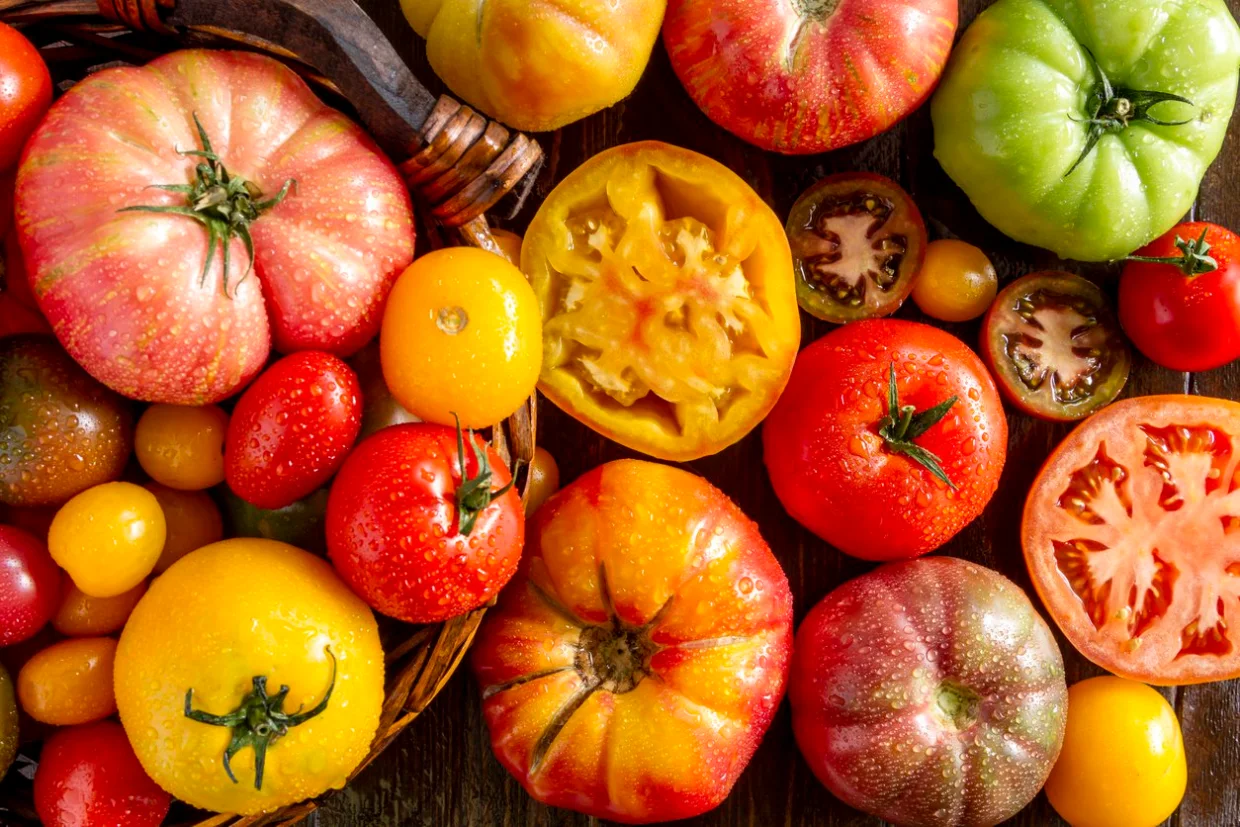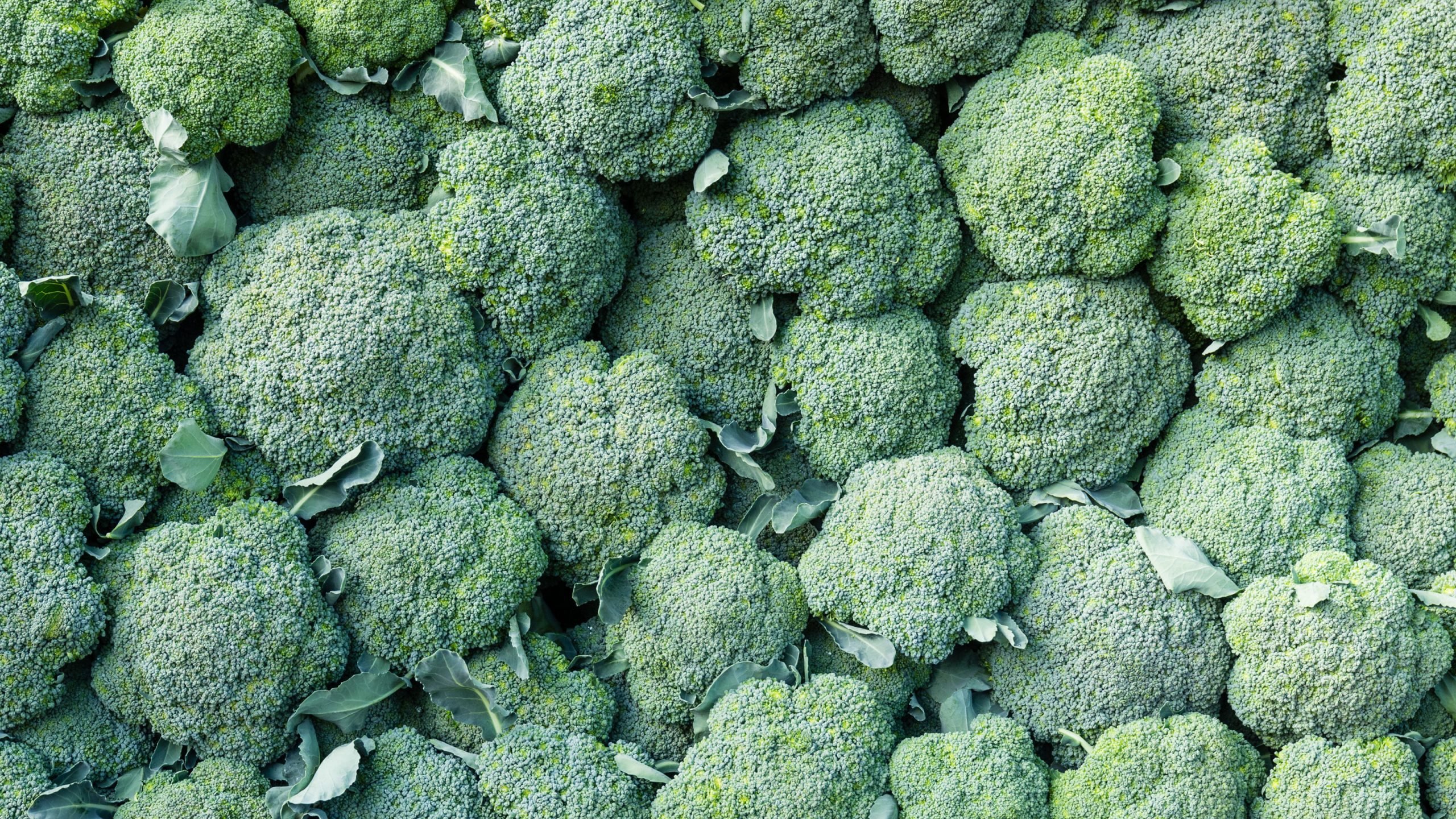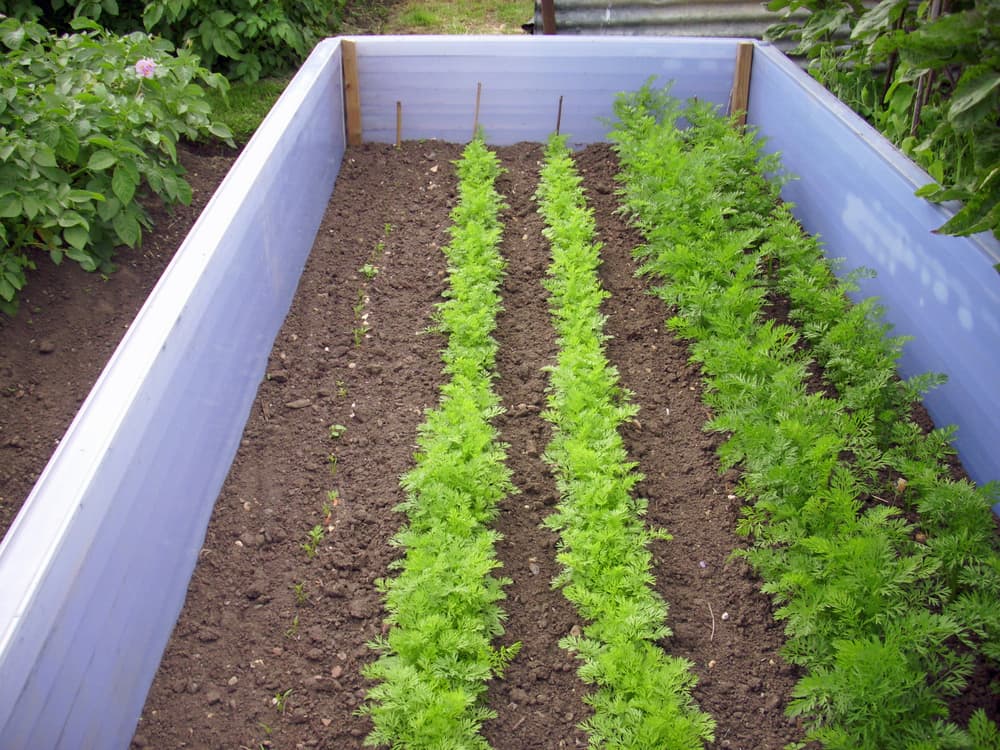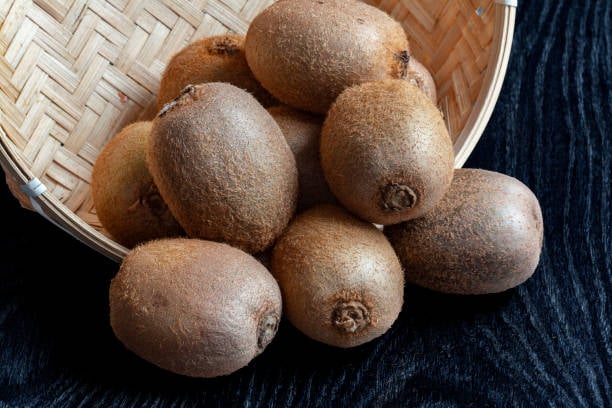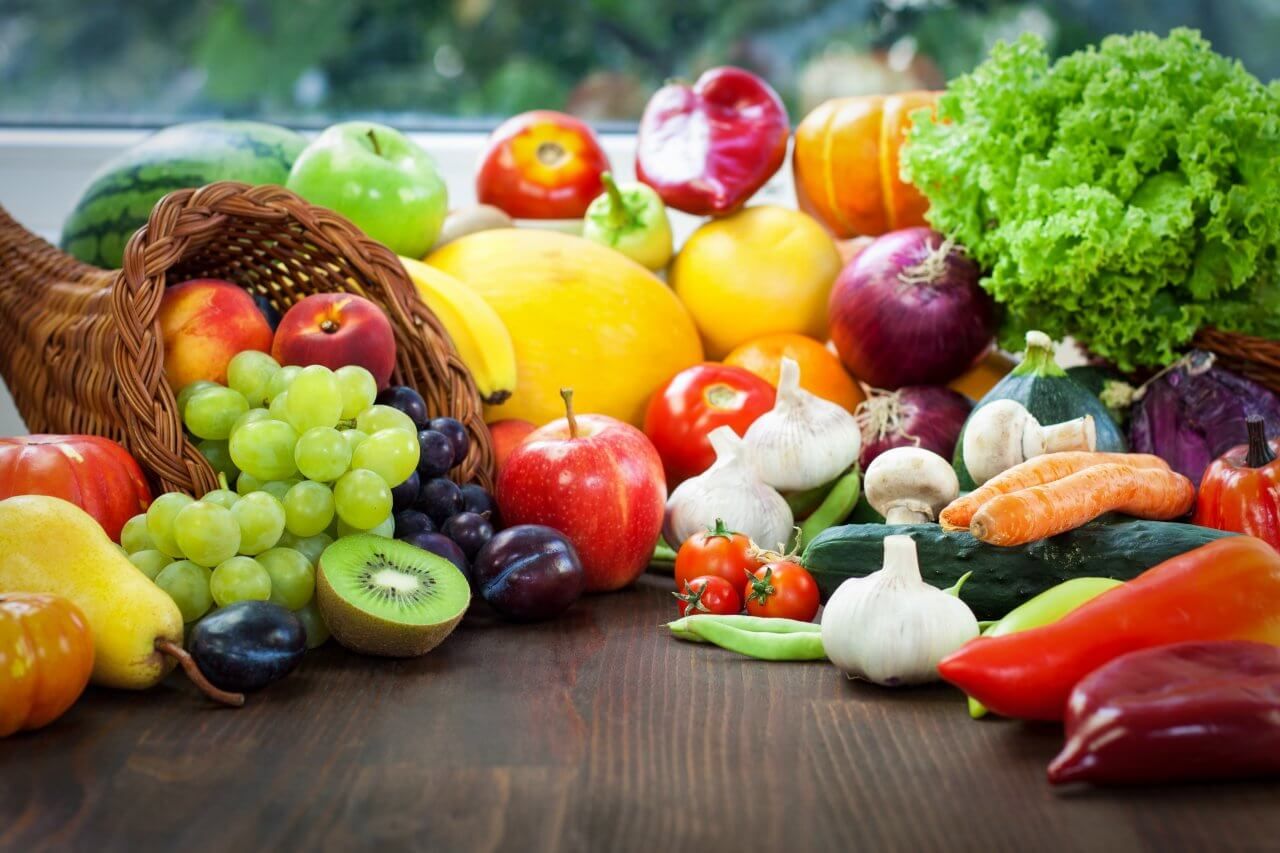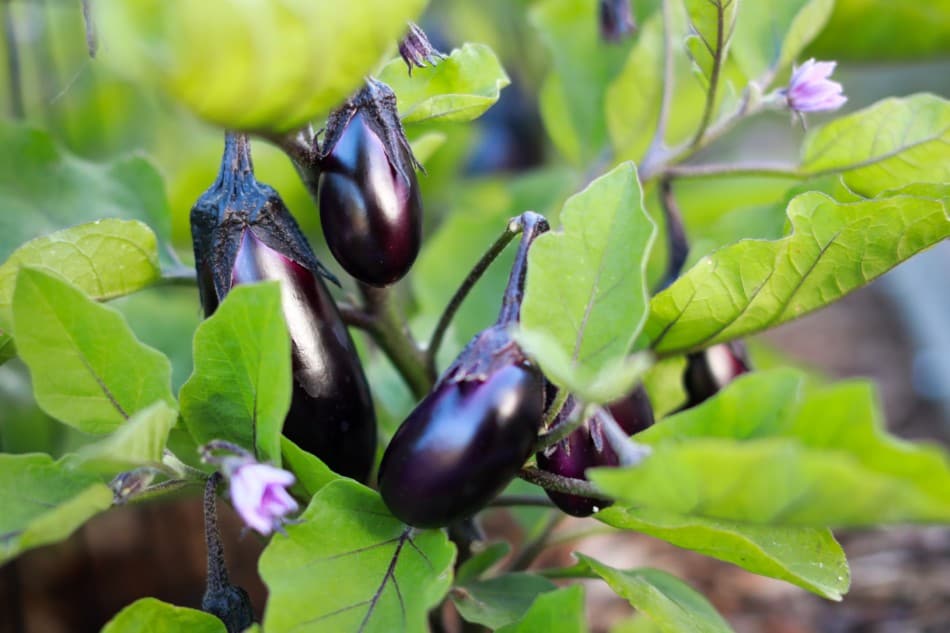Grow and Maintain Chili Plants The Right Way: Essential Care Tips
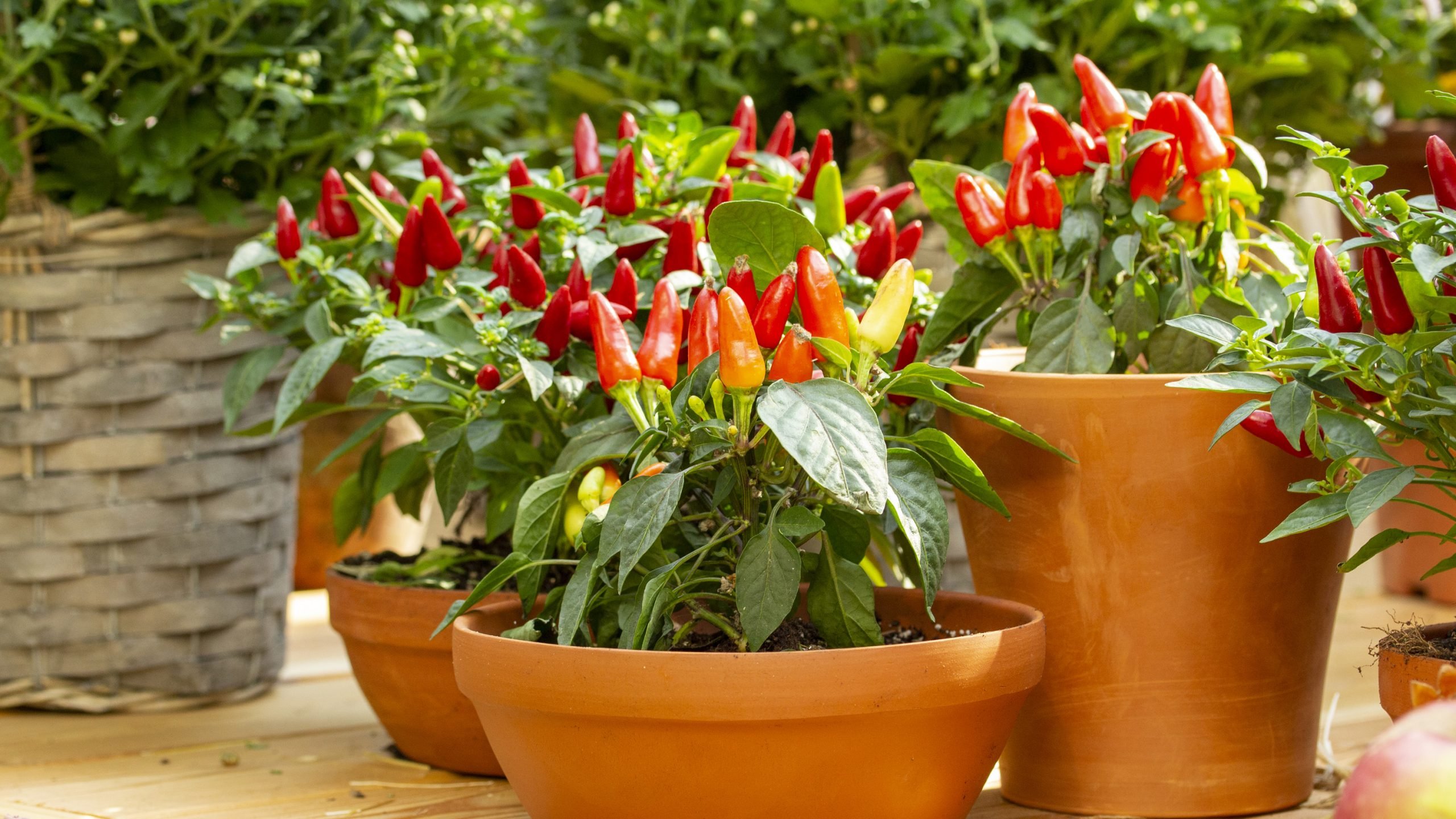
Table of Contents
Who doesn’t like to eat spicy foods? Are you not a fan of delicious cuisines in which the hero ingredient is chillies? Yes, you heard us right!
A good dish is made by using multiple ingredients from your kitchen. And without any second thoughts, chillies are the favourite in the ingredient list. They are the heart and soul of any dish, without which anything you try to cook will just be bland. There are varieties of chillies to choose from to cook a meal that will not only activate your taste buds but will also satisfy your soul. And honestly, who would lose a chance to grow chillies on your own? Obviously, none.
In this article, we are going to discuss effective ways through which you can grow chillies easily. This comprehensive guide is perfect if you are a novice gardener or even an experienced one; we have something for all.
How to Grow Chillies?
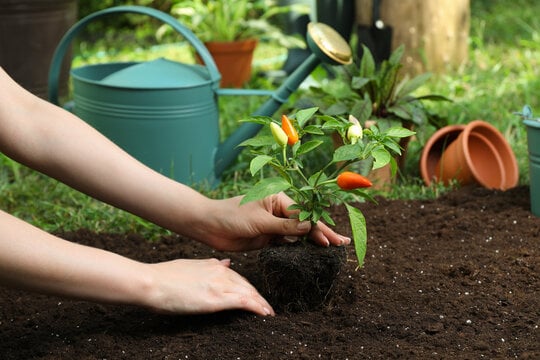
Various factors are responsible for chilli plant care as they are one of the most tender plants. In addition, they need a hot and humid climate to grow well. These potted plants are closely related to sweet peppers that only grow to 60 cm (2ft) tall. Therefore you can easily grow them anywhere in your kitchen; it will surely add beauty to your cooking space. Also, you must have seen many chefs’ kitchens where they cook meals using the ingredients they have grown in their kitchen.
The classic look of these with a glossy, colourful appearance can increase the appeal of your cooking space. If you are someone who loves to experiment, chilli plant care is the next adventure-filled thing for you to do.
You can sow the seeds of chillies of any variety in the late winter, that is, January. But remember that you have to sow the seeds indoors; otherwise, they may encounter frostbite and reach dormancy or die eventually. Once the summer arrives, expose the chillies to sunlight, hot and humidity to allow them to fruit well. Also, too much of everything is dangerous, so do not forget to keep them in shelter from time to time.
1. Choosing the Perfect Chilli Seeds
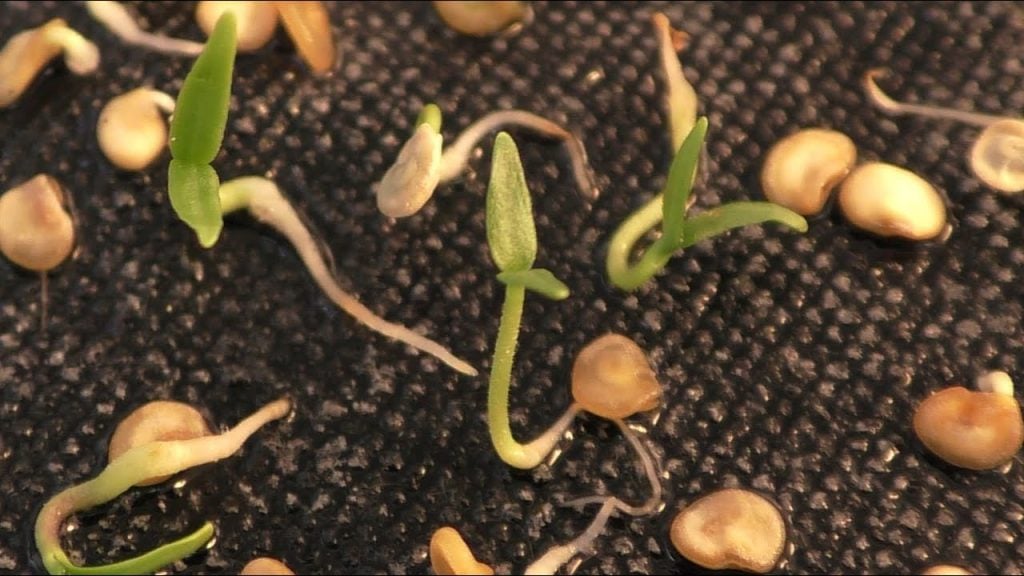
From the variety of chilli seeds available in the market, it can be quite confusing to choose the perfect chilli seeds. You can buy the chilli seeds online or get them directly from the nearby local gardener’s market. It is suggested to purchase the chilli seed from the local gardeners as they are experienced and offer a wide variety.
For instance, you forget to sow the chilli, or the place is not hot and humid enough to sow the seeds. What will you do then? Do not worry; we have a plan for that as well. You can easily buy young plants from any of these sources and then nourish them further till they bear chillies.
Let’s suppose you live in a cool place. Then we have another option for you, which is to buy the grafted chilli seedlings online in the month of April.
2. Sowing the Chilli Seeds Properly
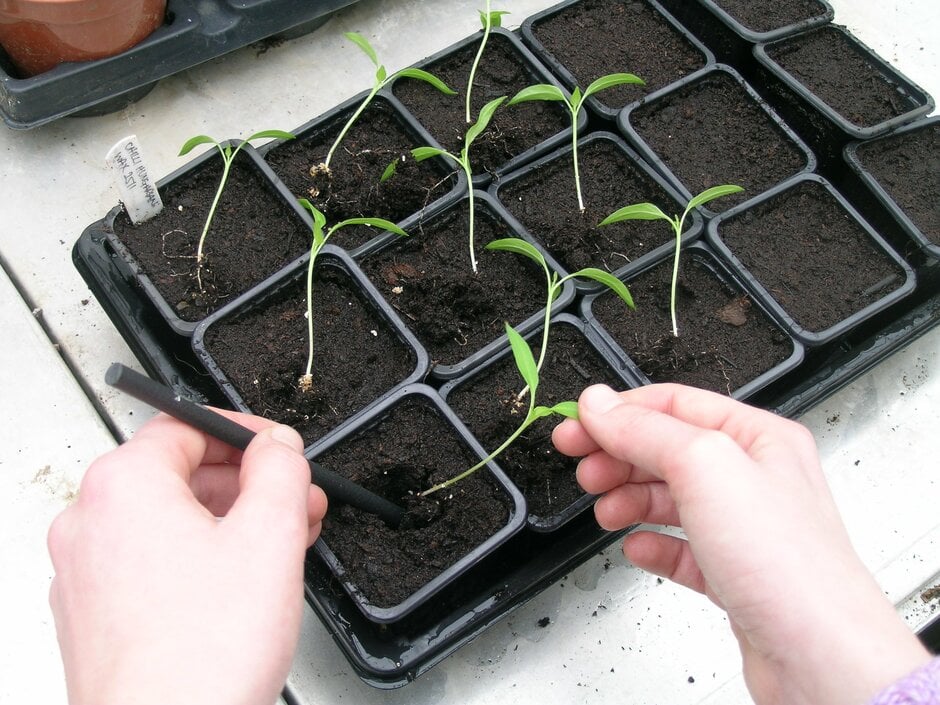
As discussed above, you can sow the chilli seeds in a container inside during late winter, and once the summer arrives, you can shift it where it can receive the maximum sunlight.
Take a seed tray and fill it with soil. Then add some chilli seeds you chose to grow. After that, you can put a little soil and spread it evenly to form a thin layer over it. Also, do not forget to sprinkle the water to moisten the soil. And within a week, you will see that seeds will start to germinate naturally.
3. Shifting the Germinated Seeds into a Pot
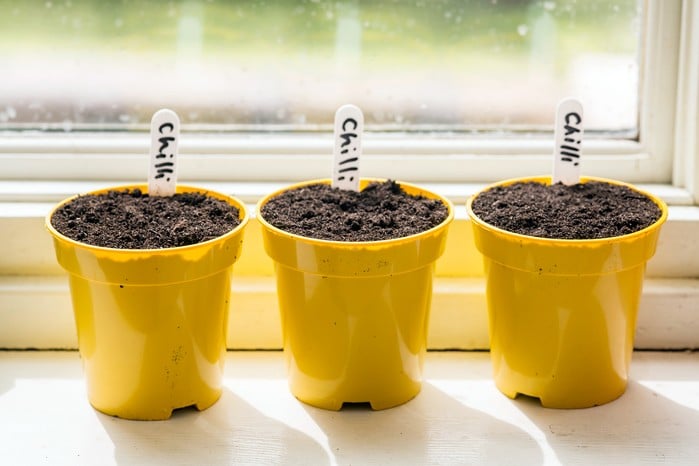
Once your chilli seeds are germinated, they are ready to be translocated. In order to give your chilli plant ample space to grow and flourish, choose a pot carefully. A 12″ pot with proper drainage holes is an ideal pick to grow chillies in.
After you have selected the pot, place the saplings in the selected pots individually. You need to be very careful while doing it. And you are all done; now all you have to do is take care that the potted chilli plant is receiving enough sunlight and is nurtured with a good amount of water so that the above layer of the soil is not dried out.
4. Chili Plant Care
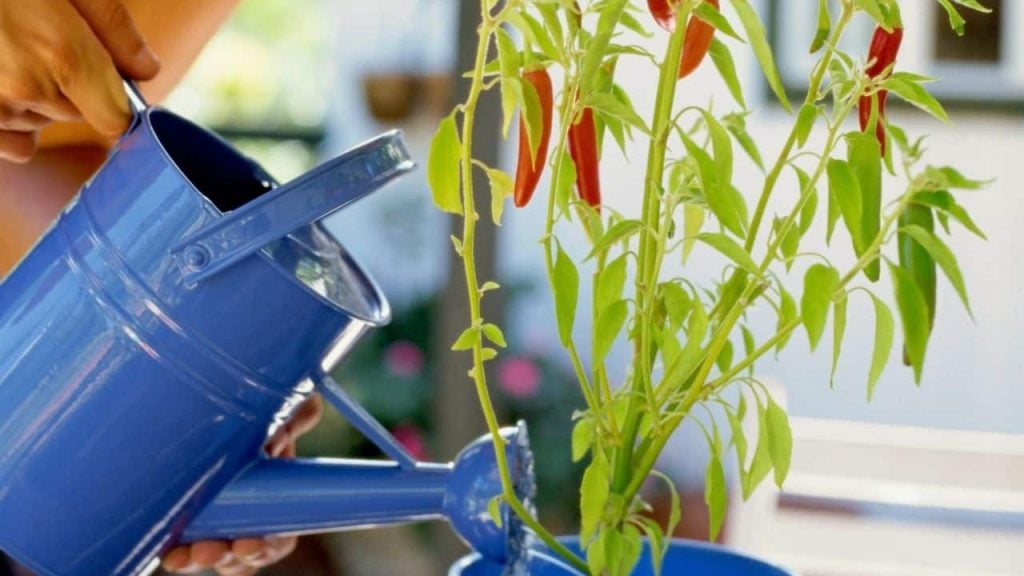
1. Keep your Chilli plant in a warm place and create a humid atmosphere by damping the greenhouse ground twice a day to allow the water to evaporate, increasing the temperature of the place.
2. Remember to feed your chilli plant with sufficient water to prevent it from dying out due to extreme dryness. The compost or the soil should be adequately moist to avoid the situation of waterlogging. You can even add some mulch to increase the water-holding capacity of the soil.
3. Add some high-potassium liquid fertilizer as soon as the plant bears flowers to stimulate the health and growth of the chilli plant.
4. You can even pinch out the shoot tips of the plants to encourage side shoot growth. If you have planted the chilli plant in a large can, then you may require to provide it with appropriate support.
5. In around 2 months, your plant will be fully grown and will certainly bear chillies ready to be picked. Perhaps the chillies will be more than what you need, so you can even dry some chillies to store and use them throughout the year.
Types of Chillies to Grow In Your Home
No matter if you like your chilli to be super spicy or prefer the mild and mellow ones, we have a variety of chilli for everyone. And the good news is you can effortlessly grow these chillies on your own easily.
1. Chilli ‘Hungarian Black’
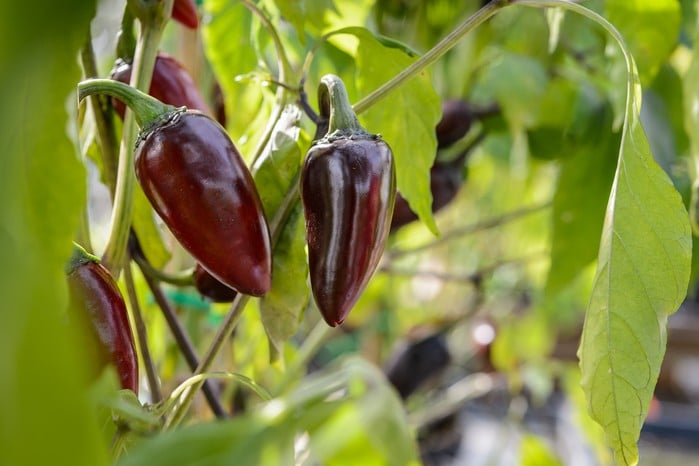
If you are planning to grow the chillies in your outdoor garden, then you can consider growing these incredible Hungarian Black chillies. They bear wine-coloured flowers, which turn out dramatically black with time.
2. Chilli ‘Thai Garden’
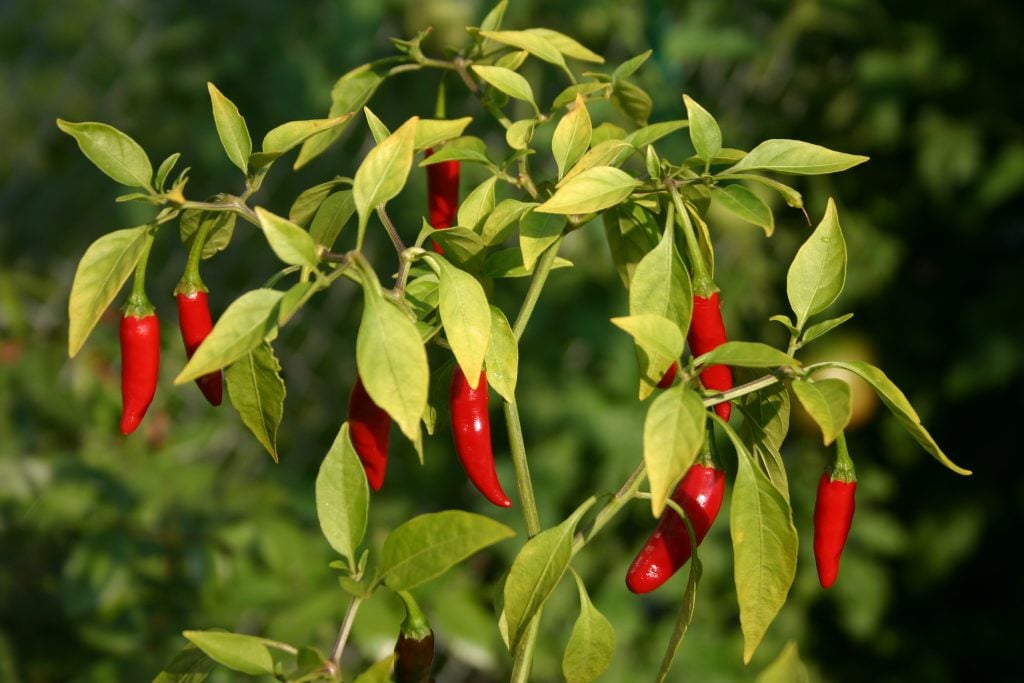
This one is for all the spicy food lovers out there. The Thai Garden Chilli has a sleek body with red colour that initially tastes sweet but turns out to give a hot kick.
3. Chilli ‘Jamaican Hot’
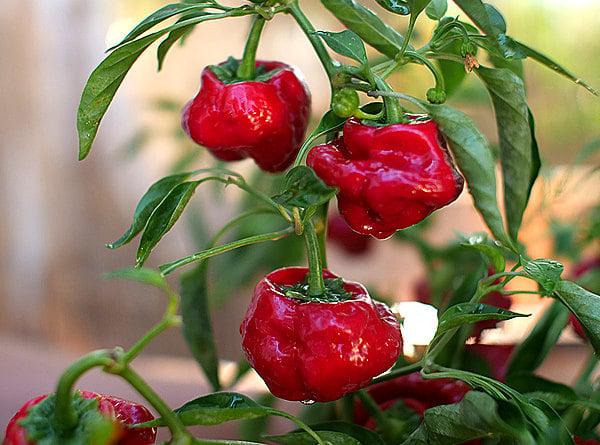
This Caribbean chilli ‘Jamaican Hot’ bears yellow or chocolate fruits that ripen to scarlet, ready to give you a spicy kick. The skin of this fruit is fairly thin and generous.
4. Chilli ‘Yellow Scorpion’
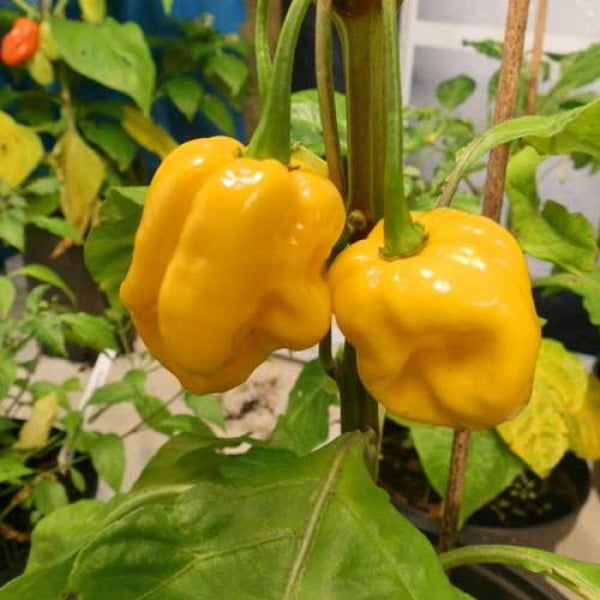
This sweet Chilli ‘Yellow Scorpion’ is a perfect blend of flavours. The size of this chilli is slightly bigger than others. Though they are considered to be sweet, but will surely give you a spicy kick in the end.
5. Chilli ‘Black Naga’
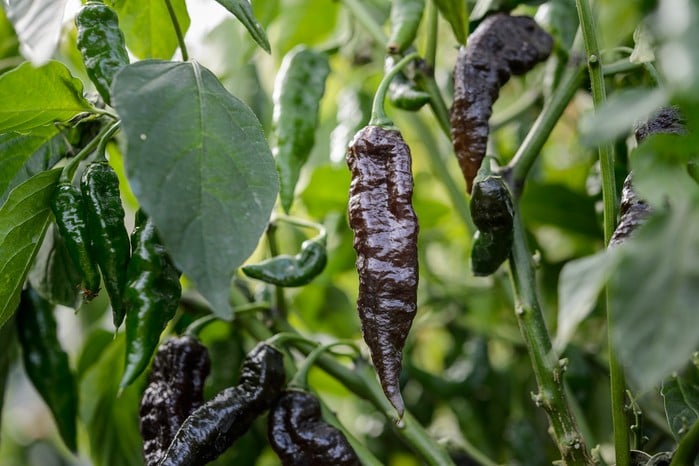
This Black naga is a star of all the chillies out there as it is one of the hottest chillies in the world. This Bangladeshi chilli is grown all summer to give you the desired black fruit. Its covering is thick and cooked properly to cut its spiciness and induce a fruity flavour.
Problems with Growing Chillies
1. Aphids are a common problem that chilli plants encounter, so remember to wash and squash the shoot tips or under the leaves regularly to prevent the plant from any such disease.
2. If you overwater your plants, the chances of developing a disease called blossom-end rot are relatively increased.
3. The greenhouse can be the breeding ground for the diseases such as red spider mites and whitefly. Your Chilli plants are more susceptible to these diseases if the greenhouse is not moist and humid enough. Keep an eye on the snails and slugs as well to stop them from ruining your harvest.
Chili Plant Care is Fun, Engaging and Satisfying!
Growing chillies at home, in your own personal space, is quite fulfilling. It doesn’t matter if you are a novice gardener or a gardening expert; chilli plant care is something worth experiencing. You learn many things simultaneously in the process of growing. The impact of too much or too little water on plants describes the need for everything in moderation.
And How to keep your plant in a suitable condition to enjoy a healthy harvest. Also, you will get pure chillies without any use of genetically modified seeds. Furthermore, it may interest you to know that green chillies often take red colour on maturity.
We hope to equip you with enough knowledge on chilli plant care and growing tips. So what are you waiting for? Start your journey of growing fresh chillies now!
Frequently Asked Questions
Why Do the Flowers Keep Drooping Off My Chilli Plant?
Since chillies are self-pollinating, and if you are growing them in a greenhouse, then the stamen of the chilli may germinate but is unable to reach the pistil, leaving the flower sterile. Therefore it is suggested to shake off the flower occasionally to solve this problem.
Why Do the Leaves Keep Falling Off My Chilli Plant?
If you are overwatering the plant, then it could lead to turning the leaves yellow or make them fall off. It is suggested to practise moderation, as it is the key to sustaining a healthy plant. Keep the soil of the plant moist without waterlogging.

